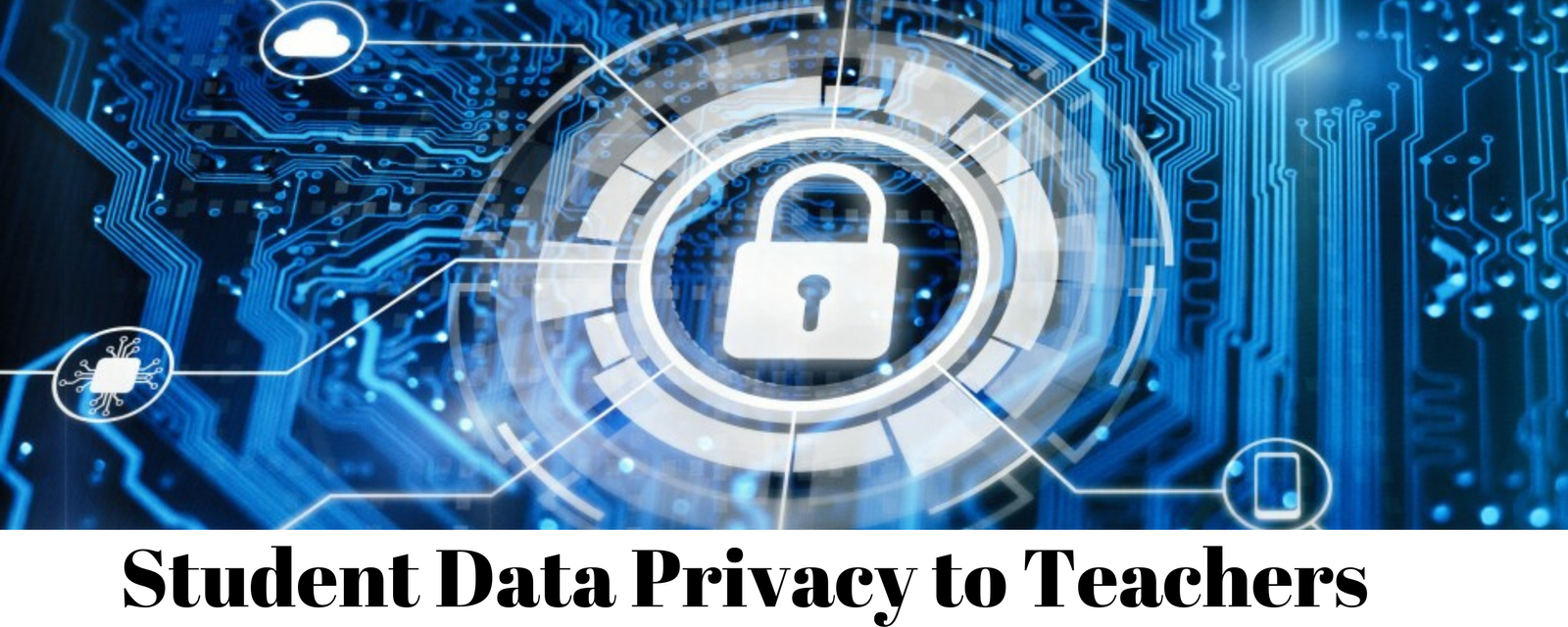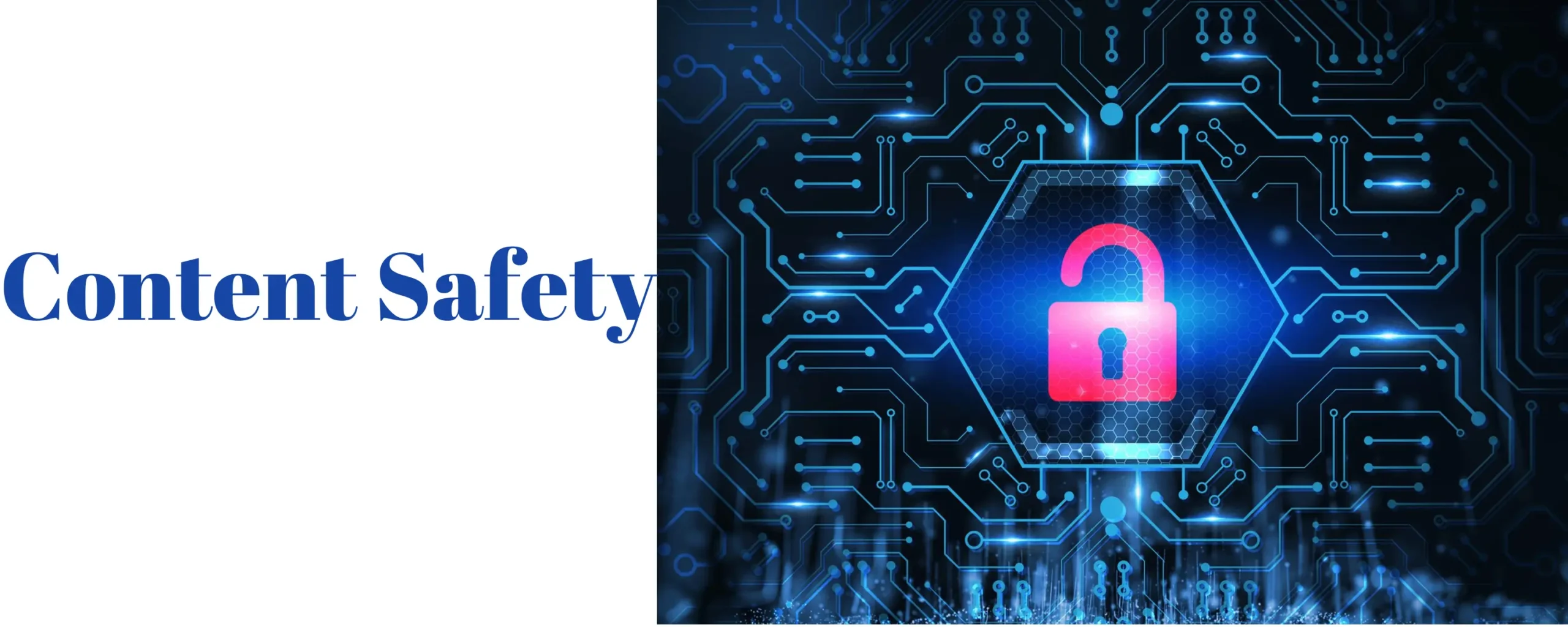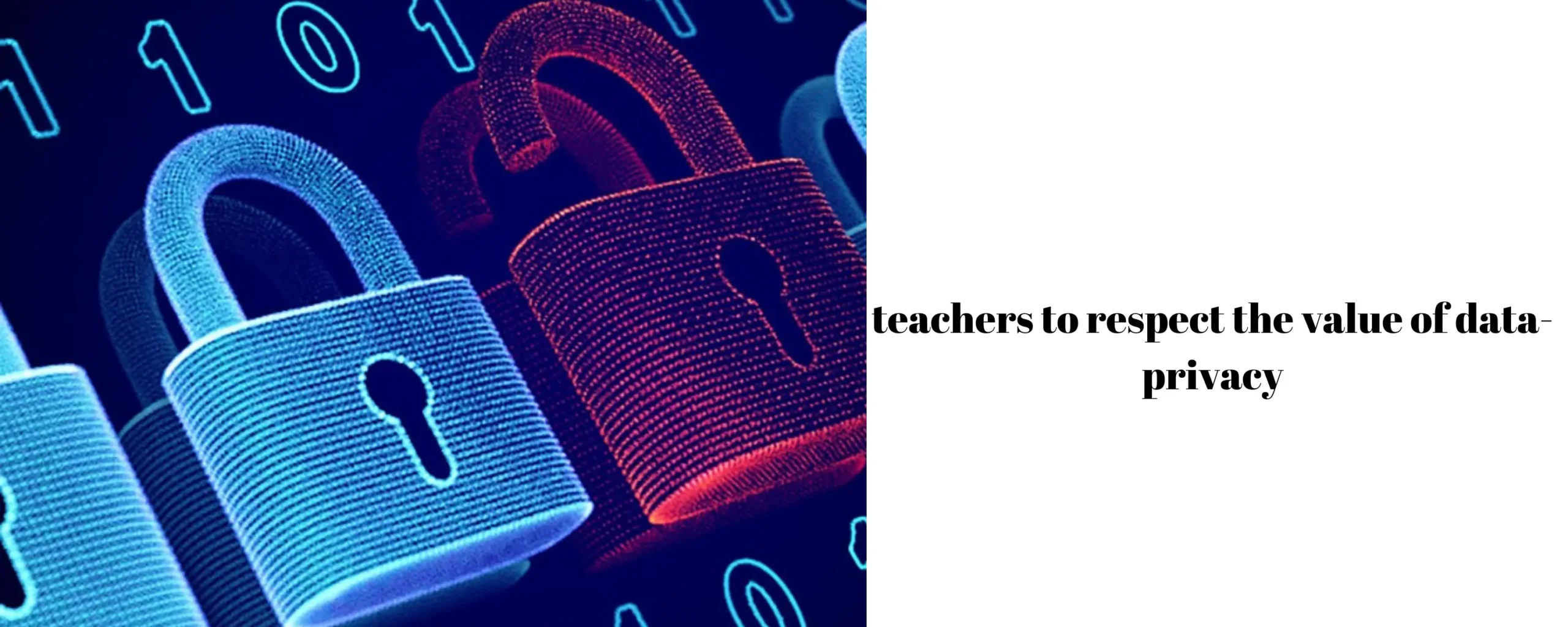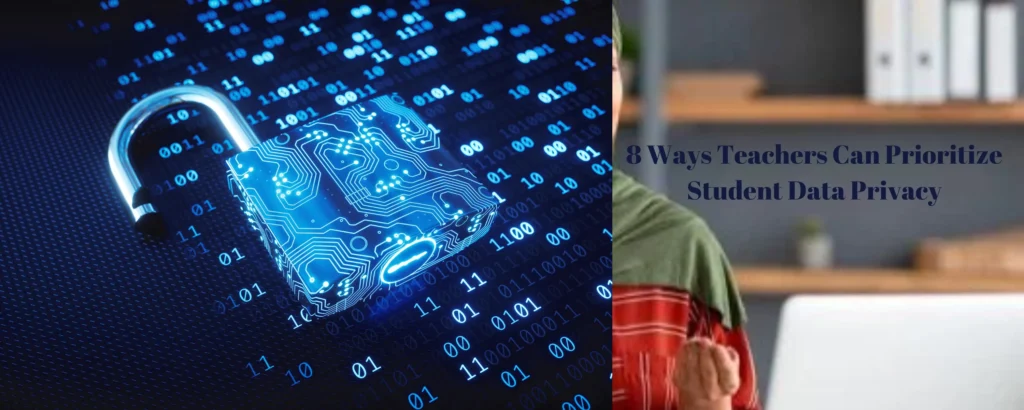Why One Tech Leader Prioritizes Explaining Student Data Privacy to Teachers
Explaining student data privacy to teachers is crucial for several reasons. Firstly, teachers are the frontline guardians of student information. They collect, use, and sometimes even share this data as part of their educational responsibilities. Without a clear understanding of data privacy protocols, they might inadvertently mishandle sensitive information, leading to breaches or misuse.
Secondly, teachers are influential figures in students’ lives. By educating teachers about data privacy, we indirectly educate students. Teachers can model responsible data handling behaviors, teaching students by example about the importance of privacy and security in the digital age.

Thirdly, in an educational setting, trust is paramount. Parents and guardians entrust schools with their children’s data, expecting it to be handled with utmost care. By prioritizing data privacy education for teachers, we enhance trust between schools and the community they serve.
Why One Tech Leader Prioritizes Explaining Student Data Privacy to Teachers Lastly, with the increasing integration of technology in education, teachers must navigate a complex landscape of digital tools and platforms. Understanding data privacy helps teachers make informed decisions about which tools to use and how to use them safely, ensuring that technology enhances rather than jeopardizes student privacy and security.
What do you tell colleagues when they ask why it is important to secure student data?
When colleagues ask about the importance of securing student data, you should emphasize several key points:
Legal Compliance:
It’s not just good practice; it’s the law. Laws such as the Family Educational Rights and Privacy Act (FERPA) in the United States mandate the protection of student data. Failure to comply can result in severe consequences, including legal penalties and loss of trust.
Trust and Reputation:
Schools and educational institutions are entrusted with sensitive information about students and their families. Any breach of this trust can damage the institution’s reputation and erode confidence among parents, students, and the community.

Personal Privacy:
Just like adults, students have a right to privacy. Protecting their data ensures that their personal information, academic records, and other sensitive details remain confidential and secure.
Preventing Identity Theft and Fraud:
Student data can be valuable to malicious actors for identity theft or fraud. By securing this data, we help prevent potential harm to students and their families.
Future Opportunities:
Students are often unaware of the long-term implications of data breaches. Compromised data could affect their future academic and professional opportunities. Securing their data safeguards their future prospects.
Ethical Responsibility:
As educators, we have an ethical responsibility to protect the well-being of our students. This includes safeguarding their data and ensuring it is used only for legitimate educational purposes.
In summary, securing student data is not just a technical necessity; it’s a moral and legal obligation that directly impacts the trust, privacy, and future of our students and educational institutions.
What questions do you ask to decide if a learning platform meets Moore’s safety bar?
Assessing whether a learning platform meets Moore’s safety bar involves evaluating various aspects of the platform’s design, policies, and practices. Here are some questions to consider:
-
Data Privacy and Security:
- How does the platform collect, store, and process student data?
- Does the platform comply with relevant data protection laws and regulations (e.g., FERPA, GDPR)?
- What security measures are in place to prevent unauthorized access or data breaches?
- Are there clear policies regarding data retention and deletion?
-
Content Safety:
- How is user-generated content moderated to ensure it is appropriate for students?
- Are there mechanisms in place to prevent and report inappropriate content, such as bullying or harassment?
- Does the platform have filters or content moderation tools to screen for inappropriate material?
-
User Safety and Interaction:
- What measures are in place to protect students from cyberbullying or online predators?
- Are there age-appropriate privacy settings and controls for students and educators?
- Does the platform provide guidance or resources for promoting safe online behavior?
-
Accessibility and Inclusivity:
- Is the platform accessible to students with disabilities, including those using assistive technologies?
- Does the platform support multiple languages and accommodate diverse cultural backgrounds?
- Are there features or settings to personalize the learning experience for individual students?
-
Digital Citizenship Education:
- Does the platform incorporate lessons or resources to educate students about digital citizenship and online safety?
- How does the platform empower educators to teach responsible digital behavior and critical thinking skills?
- Are there opportunities for students to practice and demonstrate their understanding of digital citizenship principles?
-
Feedback and Reporting Mechanisms:
- Are there channels for students, parents, and educators to provide feedback or report safety concerns?
- How does the platform handle and respond to reports of safety issues or violations?
- Is there transparency around the platform’s response to safety incidents and efforts to improve safety measures?
By asking these questions and carefully evaluating the responses, educators can make informed decisions about whether a learning platform meets Moore’s safety bar and provides a safe and secure environment for student learning.
How do you get teachers to respect the value of data-privacy procedures when it might mean they don’t get access to a tool they like?

Getting teachers to respect the value of data-privacy procedures, even if it means they don’t get access to a tool they like, requires effective communication, education, and collaboration. Here are some strategies to achieve this:
Explain the Importance:
Provide clear and detailed explanations of why data-privacy procedures are crucial. Help teachers understand the potential risks and consequences of using tools that don’t prioritize data privacy. Use real-life examples and case studies to illustrate the impact of data breaches or mishandling of student information.
Highlight Legal and Ethical Obligations:
Emphasize that data privacy is not just a preference but a legal and ethical obligation. Teachers have a responsibility to protect student data in accordance with laws such as FERPA or GDPR. Help them understand that adherence to these regulations is non-negotiable and failure to comply can have serious consequences.
Provide Alternatives:
Instead of simply denying access to a preferred tool, offer alternative solutions that prioritize data privacy. Work with teachers to identify alternative tools or resources that meet both their instructional needs and data-privacy requirements. Collaborate with IT or instructional technology specialists to explore options and provide support in implementing new tools.

Offer Training and Support:
Many teachers may not fully understand data-privacy procedures or how to assess the privacy implications of different tools. Offer training sessions or professional development opportunities focused on data privacy in education. Provide guidance on how to evaluate tools for privacy considerations and support teachers in making informed decisions.
Involve Teachers in Decision-Making:
Involve teachers in the decision-making process regarding which tools and platforms are approved for use in the classroom. Establish a transparent and collaborative process where teachers can voice their concerns, provide input, and participate in evaluating the privacy implications of different tools. This helps build buy-in and ensures that teachers feel heard and respected.
Celebrate Responsible Practices:
Recognize and celebrate teachers who prioritize data privacy and adhere to procedures. Highlight examples of best practices and showcase how these teachers are protecting student data while still effectively integrating technology into their instruction. Peer recognition can be a powerful motivator for promoting responsible data-privacy practices.
By employing these strategies, educators can foster a culture of respect for data privacy among teachers and ensure that student information is safeguarded while still leveraging technology for effective teaching and learning.

